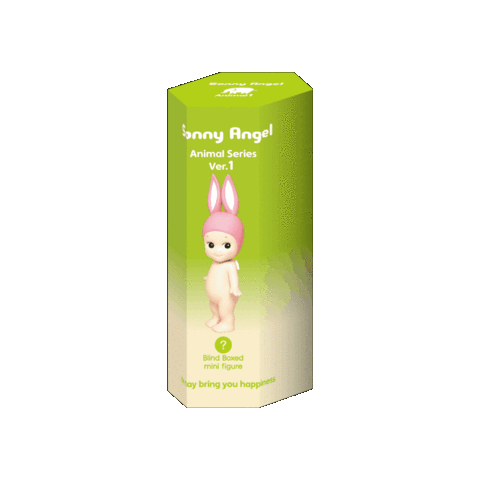Labubu and the Cute Chaos: What Tiny Collectibles Tell Us About Today’s Culture
- Shems Ghali

- May 27
- 3 min read

If your feed is full of Labubus, Teddy Lulus, Sonny Angels, or tiny creatures peeking out of handbags, you’re not alone. These pocket-sized characters are everywhere. Not just as toys, but as cultural accessories, conversation starters, and emotional support mascots.
Collecting isn’t new. We’ve always used objects to reflect who we are and what we value. Think:
Pokémon cards traded in playgrounds
Sneaker collabs queued for overnight
Limited-edition beauty drops flipped for clout
Stanley tumblers turning hydration into hype
But this moment feels different. It’s nostalgia… with new rules.
Today’s collectibles (Labubu, Sonny Angels, Smiski, Molly etc) borrow the emotional pull of childhood, but remix it with something stranger, bolder, more chaotic. They’re not sealed away in pristine boxes. They’re styled, photographed, memed. Owned and animated.
These aren’t about curating a polished identity. They’re about expressing a playful, sometimes messy, emotionally alive version of self. Each tiny character is designed not for display, but for interaction. Labubu is wild-eyed and goblin-esque. Sonny Angels wear everything from strawberries to sushi to frogs. Smiskis lurk in corners and glow in the dark. They’re weird. Slightly unsettling. Chaotic. And yet, totally beloved.

They're tiny, eccentric forms of self-care and what sets this cultural wave apart is how personal it’s become. From styling Sonny Angels, naming Labubus, packing them for holidays... They’re emotional avatars, visual, playful representations of how we feel. So, we're no longer collecting for the shelf. We’re collecting for the self.
What Does This Tell Us About Audiences?
Their mix of innocence and absurdity is what drives the appeal. They don’t feel like polished products, they feel like strange little companions. Why? Because in a world that’s hyper-curated and emotionally exhausting, they offer an escape hatch. A way to embrace imperfection over polish, humour over cool, comfort in chaos over control.

This generation isn’t interested in grown-up rules. Play is no longer age-gated, in fact, it’s essential. People are seeking small rituals of humour, weirdness, and joy to cut through the noise. They’re rejecting aspirational aesthetics in favour of something far more human: the ugly-cute, the offbeat, the oddly soothing.
Most of all, they’re finding new connection through collection. These objects are social glue — what started as a niche product gained fame when Lisa from Black Pink posted a photo with hers on socials. Now people are forming memes, content, communities, inside jokes, Labub’s have become a shared language. From TikTok trends to trade groups, it’s less about having something rare and more about having something relatable.
What Should Brands Take From This?
Delight > Design: Perfection is forgettable. Quirk sticks. Make room for the silly, the imperfect, the emotionally charged.
Think public self expression over simple ownership: How can your product help someone say something — about a feeling, a mood, a moment?
Turn objects into invitations: Design things that beg to be played with, shared, reinterpreted, made personal.
Labubu, Sonny Angels… these aren’t just toys. They’re a moodboard for modern life, chaotic, expressive, ugly-cute, and oddly comforting. And for brands, it’s a reminder: You don’t need to be flawless to resonate. You just need to make people feel something — joy, connection, chaos, or all three at once.
We help brands tap into the joyful chaos of culture — the weird, the playful, the deeply human. Just like Labubu and friends, we believe connection comes from emotion. At One Minute to Midnight, we work in the joy space: grounding your brand in what people really feel, need, and love right now. That’s how we help you create products, campaigns and stories that spark delight, not just design.
Get in touch at weallarrived@oneminutetomidnight.life.
Article written by Shems Ghali, Senior Research Manager




The biggest challenge with forex trading online is navigating the market with confidence. Many traders struggle due to lack of resources or proper strategies. Platforms like Winprofx make the journey smoother by offering advanced features, easy-to-use interfaces, and professional support that helps traders build consistency in their trades.